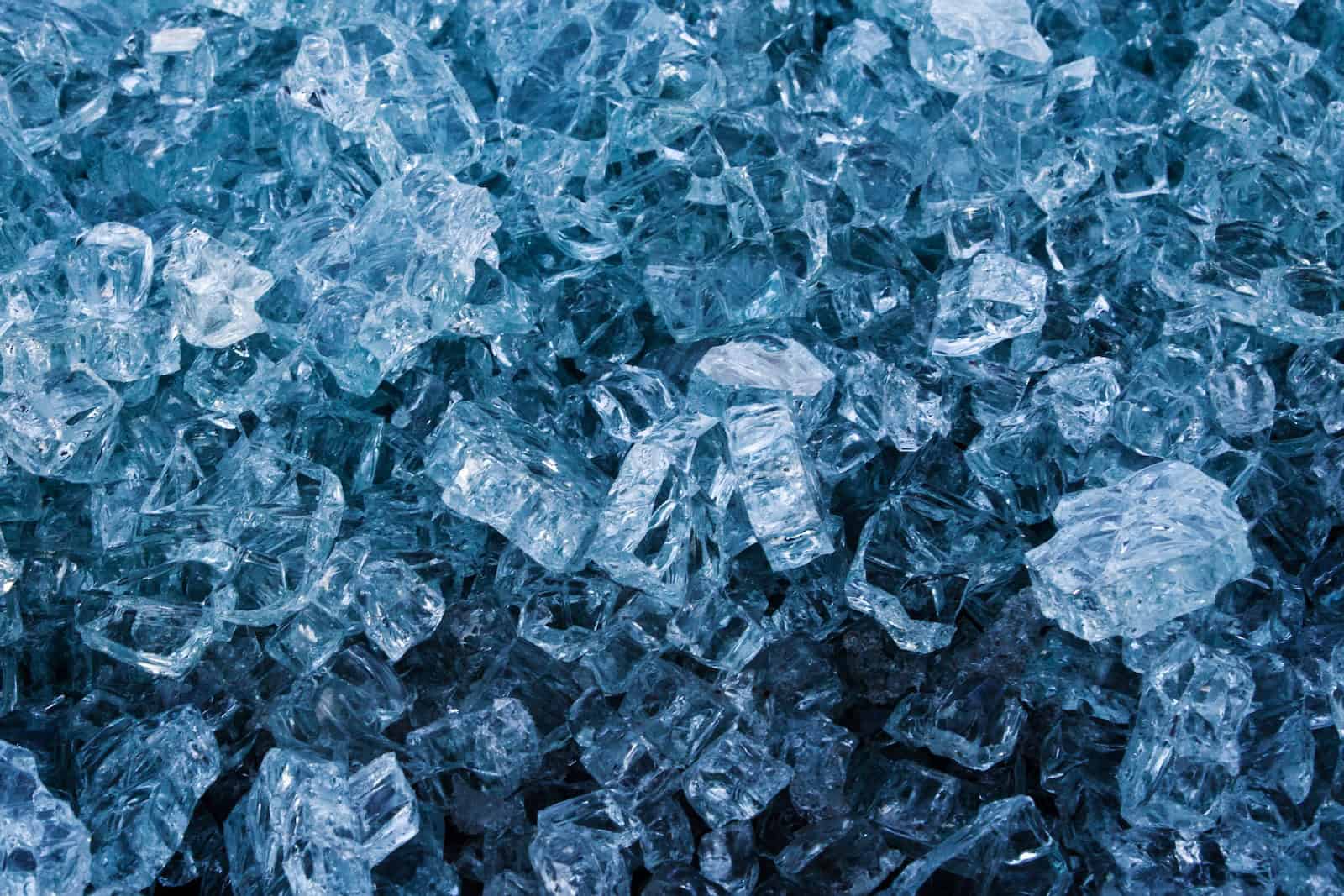Exact Answer: Approximately 18 – 24 Hours
Dry ice is the solidified form of carbon dioxide (CO2) that is primarily used as a cooling agent. It has a lower temperature than that of ice and does not leave behind any residue. It is called “dry ice” because it does not melt like the normal wet ice. Instead, the dry ice converts into carbon dioxide gas.
Dry ice has its application in fog machines used at theatres for creating dramatic effects. It is also used for dry ice blast cleaning which is an effective way to clean industrial equipment.
As dry ice is extremely cold i.e about -78.5 degrees Celsius, it is commonly used as an expendable refrigerant to ship frozen food, medical products, or to cool materials during production. Due to its properties, dry ice is extremely efficient at keeping food and other items frozen and cool.

How Long Does Dry Ice Last?
| Storage Method | Duration (Considering a dry ice block of 5 pounds) |
| In a cooler | 18 – 24 hours |
| Outside | 3 – 5 hours |
| Placed in liquid | 15 – 45 minutes |
The duration for which dry ice last completely depends on the method of storage and the size of the ice block. Dry ice has over 2 times the cooling agent per pound and even 3 times the cooling energy per volume than typical ice made from water. If dry ice is submerged in any liquid, it sublimates quite fast.
It is not safe to store dry ice in the freezer or in an airtight container as with time, dry ice turns into gas whose pressure can build up inside and cause the freezer or container to explode.

The best way to store dry ice is to keep it in an insulated cooler with a loosely closed lid. The cooler should be placed in a well-ventilated area or a shady spot outside.
As dry ice cannot be stored for too long, it should be purchased as and when it is required. Dry ice will last for a shorter duration of time if it is not stored properly. It sublimates i.e transforms from solid to gas at a rate of about 5 – 10 pounds every 24 hours.
Why Does Dry Ice Last This Long?
Dry ice is nothing but carbon dioxide in its extremely condensed form. It is seen in the form of ice blocks. The ice chest must be kept frozen and not exposed to the air. If the dry ice gets exposed, it goes back to its original form of carbon dioxide gas.
The retention of dry ice in its solid form relies on several factors. When the dry ice comes into contact with air, it evaporates without leaving behind any residue. The amount of dry ice will thereby decrease continuously.
Dry ice helps to keep things frozen for a much longer duration as compared to normal ice made of water. A cooler comparison test showed that when ice cream is stored with regular ice, it turns into liquid form in about three hours. But, when the ice cream is kept with dry ice, it took almost nine hours to melt.
If it is stored properly, dry ice can cause the following losses through sublimation (evaporation):
- 24 hours = approx. 20% loss.
- 48 hours = approx. 35% loss
- 72 hours = approx. 60% loss

Even though dry ice itself does not last much longer, it can help in keeping the items in a frozen state for a longer duration and hence serves a better purpose than regular ice to keep meat frozen when one is going camping or hiking during the weekend.
One must remember dry ice is not a food product and thus should never be consumed or touched directly. It should not be handled with bare hands as it can cause severe burns on the skin.
Conclusion
Dry ice is a cooled and condensed form of carbon dioxide. It skips the melting process and sublimates directly into carbon dioxide gas when it reaches room temperature or when it is heated. The amount of time the dry ice remains frozen and solid depends entirely upon the storage conditions and the quantity of dry ice.
Dry ice should never come in contact with the skin or mouth as it can cause serious burns and injury. One should always handle them with care while wearing gloves or with any thick protective cloth. Whenever using dry ice, one should follow all the guidelines and safety precautions to avoid any problems.




















The comparison with regular ice and the impacts of sublimation are quite enlightening. It’s a well-researched and thorough piece.
The humorous tone in the conclusion adds a nice touch to the informative nature of this post. Well done!
Agreed! The conclusion was quite clever and engaging.
The use of humor definitely made the conclusion more memorable. Kudos to the author!
The longevity of dry ice under different storage conditions is fascinating. This post explains the science behind it very well.
Absolutely! It’s interesting to learn about the sublimation and cooling properties of dry ice.
I found the details about the changes in dry ice over time interesting. The figures provided give a clear understanding of its longevity.
I found the content both engaging and educational. It’s not often that a technical topic is explained so clearly and with a touch of humor!
I couldn’t agree more! This article makes learning about dry ice surprisingly fun.
This article answered all my questions about dry ice. The conclusion summarizes everything perfectly. Great read!
This article provides detailed information about dry ice and its uses. It’s very informative and helpful for anyone looking to use dry ice.
I couldn’t agree more. It’s important to know about the storage and handling of dry ice, and this article covers it all.
The focus on both the benefits and risks of dry ice is well balanced. It’s informative without being overly technical.
The warnings about the hazards of handling dry ice are crucial. I appreciate the emphasis on safety. Great work!
Absolutely. Safety should always be a top priority, and this article emphasizes it effectively.
I appreciate the warning about handling dry ice. This article emphasizes the importance of safety when dealing with such a cold substance.
Definitely. Safety precautions are crucial, and this article serves as a great guide for proper handling.